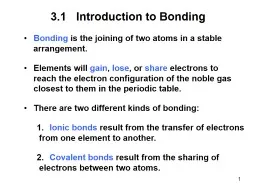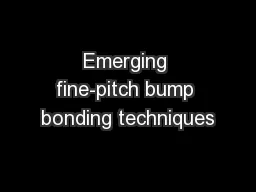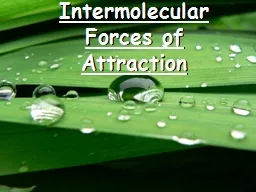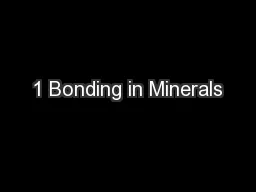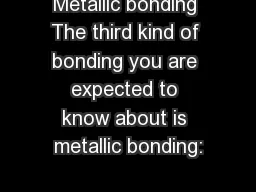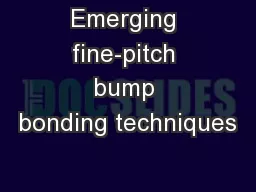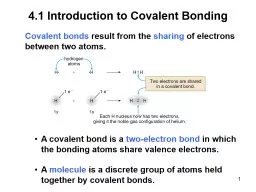PPT-1 3.1 Introduction to Bonding
Author : luanne-stotts | Published Date : 2018-03-07
Bonding is the joining of two atoms in a stable arrangement There are two different kinds of bonding Elements will gain lose or share electrons to reach the
Presentation Embed Code
Download Presentation
Download Presentation The PPT/PDF document "1 3.1 Introduction to Bonding" is the property of its rightful owner. Permission is granted to download and print the materials on this website for personal, non-commercial use only, and to display it on your personal computer provided you do not modify the materials and that you retain all copyright notices contained in the materials. By downloading content from our website, you accept the terms of this agreement.
1 3.1 Introduction to Bonding: Transcript
Download Rules Of Document
"1 3.1 Introduction to Bonding"The content belongs to its owner. You may download and print it for personal use, without modification, and keep all copyright notices. By downloading, you agree to these terms.
Related Documents

